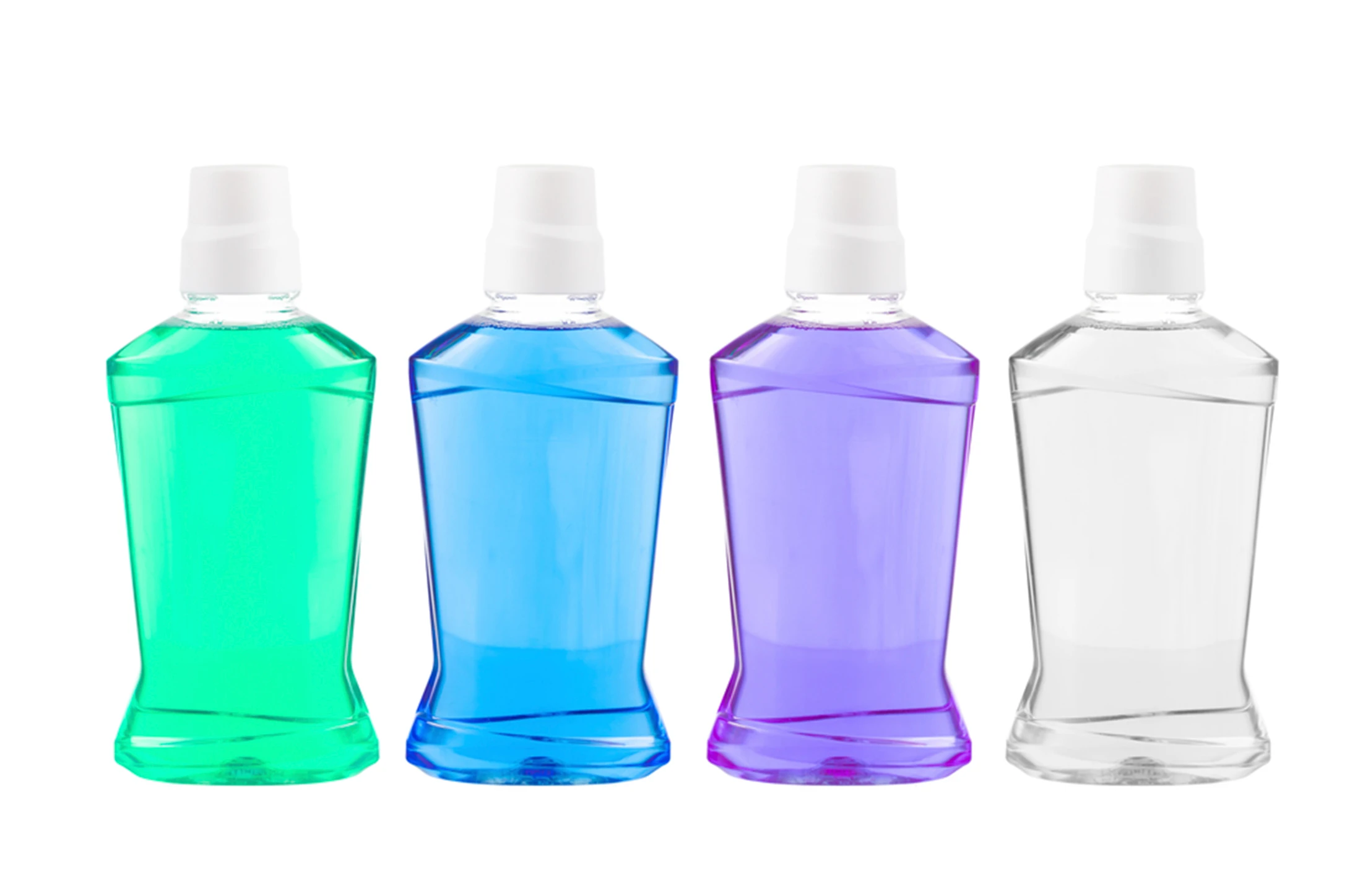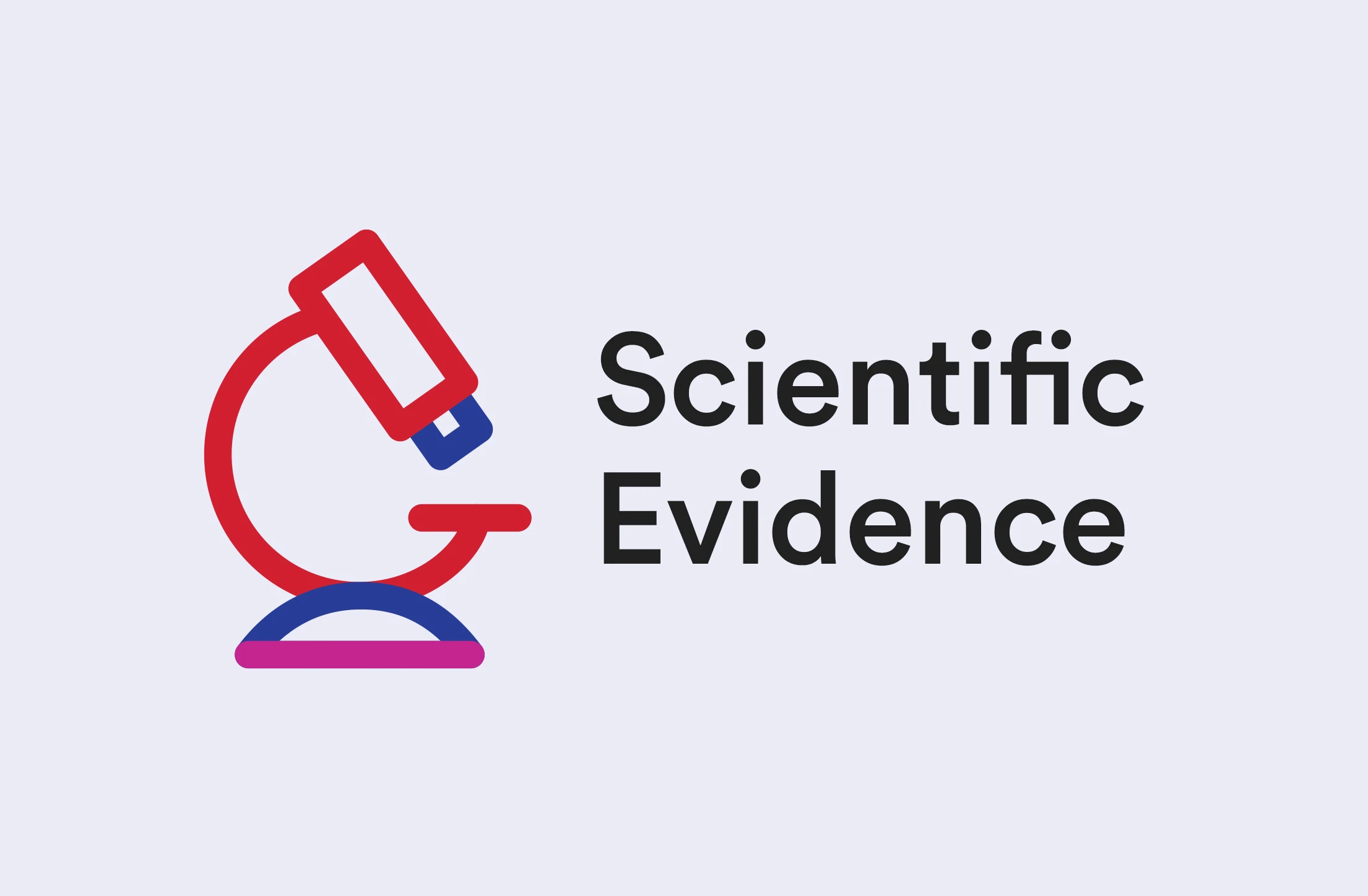
FACT: Oral health is fundamental to overall health and well-being. But even with the availability of accessible preventive measures, chronic gingivitis still affects over 90% of the population, to some degree. If left untreated, it can progress to more serious conditions, such as periodontitis.

Since plaque is a leading cause of gingivitis, plaque control is essential to maintaining good oral health. Yet the high worldwide incidence of oral disease suggests that a model of “good enough” oral health has left room for improvement in the daily oral care routine. While current recommendations for at-home oral care focus on brushing and interdental cleaning, clinical studies have demonstrated the additive benefit of essential oil mouthwashes as an optimal method for antimicrobial plaque biofilm control.
Although brushing and other mechanical methods of interdental cleaning remove plaque from the surfaces of the tooth, the tooth surface represents up to 25% of the oral surface exposed to bacteria. Other areas of the mouth can act as reservoirs for bacteria that can then recolonize on teeth following dental prophylaxis or treatment.
Without an optimal oral care regimen, these bacteria can evolve into a complex, 3D plaque biofilm colony within days.
Plaque biofilm buildup increases the risk of dental caries, gingival inflammation, and periodontal disease.
Essential oil mouthwashes deeply penetrate into the bottom layers of the plaque biofilm, disrupting bacterial cell walls and inhibiting enzyme activity.
This mechanism of action breaks down the plaque biofilm’s structure, loosening and dissolving it in places that are more difficult for a toothbrush or an interdental cleaning device to access.
A landmark, peer-reviewed analysis was recently conducted that specifically evaluated each study from the standpoint of applicable outcomes to clinical practice. This analysis reviewed randomized, observer-blinded, placebo- controlled clinical studies (both published and unpublished). It assessed the effect of adding an essential oil mouthwash to mechanical methods as compared to mechanical oral hygiene methods (MM) alone in patients with mild-to-moderate plaque. The magnitude of the pooled analysis is noteworthy—more than 3 decades of data from 29 studies of 6 months’ duration spanning 3 countries and over 5000 patients.

This analysis represents a paradigm shift in evaluating oral health. In the analysis, the study outcomes evaluated were easily applied to the clinical practice, such as “plaque-free” sites—characterized by little to no plaque, as defined by a Plaque Index (PI) score ≤1. By using site-specific (tooth and location) data rather than whole-mouth plaque reductions to interpret clinical data, this analysis created a benefit-based approach to clinical research and practice.


Results from the analysis demonstrated clinically relevant benefits of twice-daily use of an essential oil mouthwash for preventing plaque buildup beyond mechanical oral hygiene methods alone. For example, patients using an essential oil mouthwash had nearly 5x more plaque-free sites than MM patients at 6 months (PI ≤1). Furthermore, 11x more patients using an essential oil mouthwash achieved 75% plaque-free sites at 6 months.





Better oral health for every patient starts by incorporating a new oral healthcare model into clinical best practices—a model that regards oral care as an integral part of general health, addresses the needs and demands of the public and the right of each individual to good oral health, and shifts from a traditionally curative approach to one of prevention and promotion of good oral health. Preventive daily oral care starts at home. Implementation of a long-term oral care routine that includes an essential oil mouthwash providing nearly 5x more plaque-free sites can be compelling information for dental professionals who want to educate patients on the most appropriate at-home oral care routine. Good oral health can be even better—and it starts with your professional recommendation.

Find this landmark, peer-reviewed analysis of 29 studies in the August 2015 edition of the Journal of the American Dental Association.


